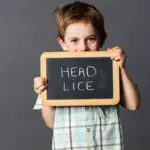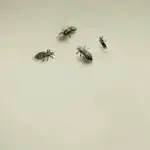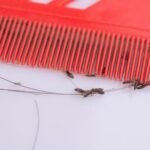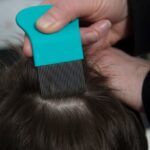Head Lice – What Are They and How Do They Get Infected?
Head lice are parasitic creatures that live close to the scalp. They do not transmit disease, but they can cause severe itching. Infections usually occur during the night. An average infestation involves less than 10 live lice. The infestation is typically asymptomatic and may take up to four weeks to manifest symptoms. However, if left untreated, the scalp and hair may become infected with secondary infections.
The life cycle of a head louse consists of three stages. The first stage involves the formation of the eggs. The eggs are laid by an adult fertile female at the base of the hair shaft near the scalp. The eggs hatch in 6 to 9 days and the nymphs mature into adult lice. The adult head louse lives for about three to four weeks and lays up to six to ten eggs per day.
The most common way to spread head lice is by direct head-to-head contact, although clothing and belongings can also spread them. While it is unlikely that an individual will become infected by a louse living on a piece of furniture or carpet, it is still recommended to stay away from such areas.
While head lice do not transmit any diseases, they can be spread by head-to-head contact or from sharing a hairbrush or other items with an infected person. Because the lice do not hop, they only crawl at a speed of 23 cm/sec. Despite the stigma associated with head lice, the disease is not dangerous for humans.







